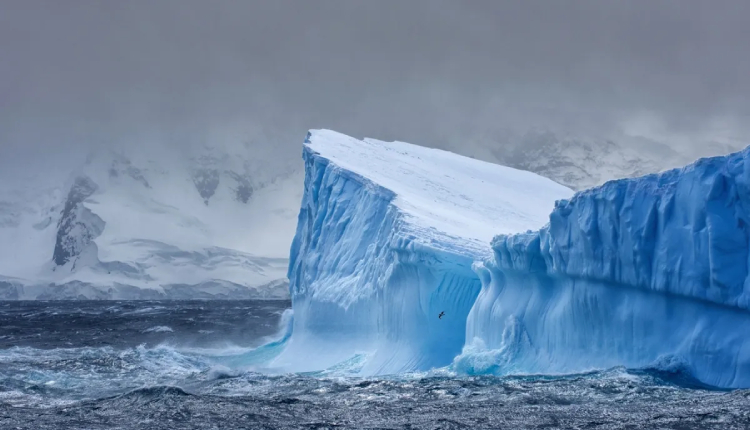On Friday, scientists announced that A23a, the Antarctic iceberg that is the biggest on Earth, has started to drift after being stationary for over 30 years.
With an area of nearly 4,000 square km (1,500 square miles), the colossal ice mass is about the same size as three New York Cities.
The iceberg, which had a Soviet research station on it, broke away from the Filchner-Ronne Ice Shelf in West Antarctica in 1986. It has been mostly trapped since then because its bottom got lodged on the seabed of the Weddell Sea.
New pictures from space show that the berg, which is almost a trillion metric tons heavy, is moving fast beyond the top end of the Antarctic Peninsula, helped by powerful winds and currents.
Moreover, the huge berg will probably be propelled into the Antarctic Circumpolar Current as it picks up speed. This will guide it to the Southern Ocean along a route called “iceberg alley” where it will join other similar ice masses floating in the deep sea.
According to British Antarctic Survey glaciologist Oliver Marsh, there is a chance that A23a might get stuck again at South Georgia island, and it would be harmful for Antarctica’s wildlife.
As the island is home to millions of seals, penguins, and seabirds that feed and breed there, that massive A23a could block their way to the water.
In 2020, there were concerns that a massive iceberg, A68, would hit South Georgia, potentially devastating marine life and disrupting food chains.
However, the crisis was avoided when A68 fragmented into smaller pieces. This could also be the fate of iceberg A23a.
Marsh also explained, “An iceberg of this scale has the potential to survive for quite a long time in the Southern Ocean, even though it’s much warmer, and it could make its way farther north up towards South Africa where it can disrupt shipping.”
Scientists studying climate change are interested in understanding the rate at which icebergs form.
This is because iceberg calving contributes to global sea level changes and this process might be accelerating due to global warming.
